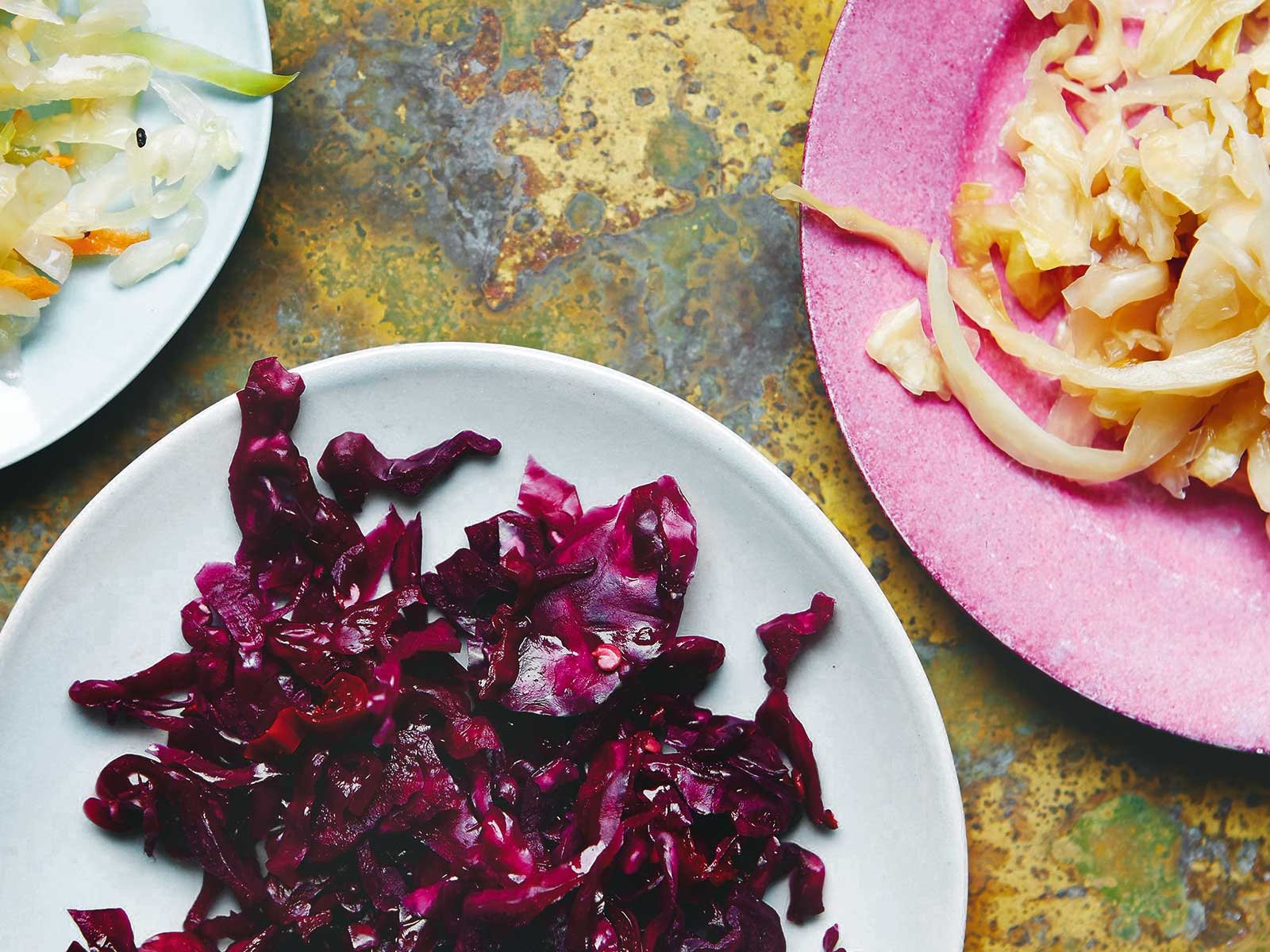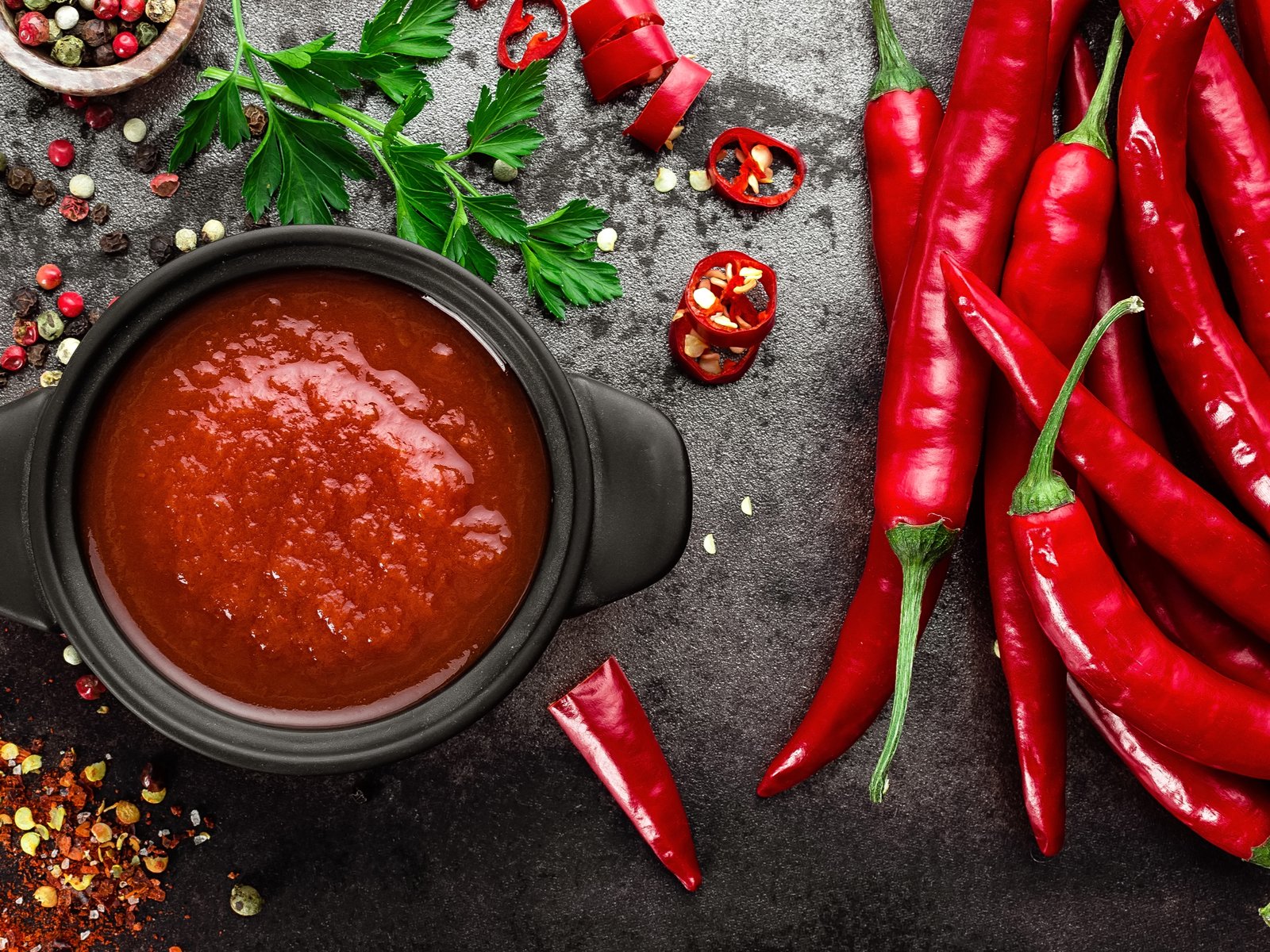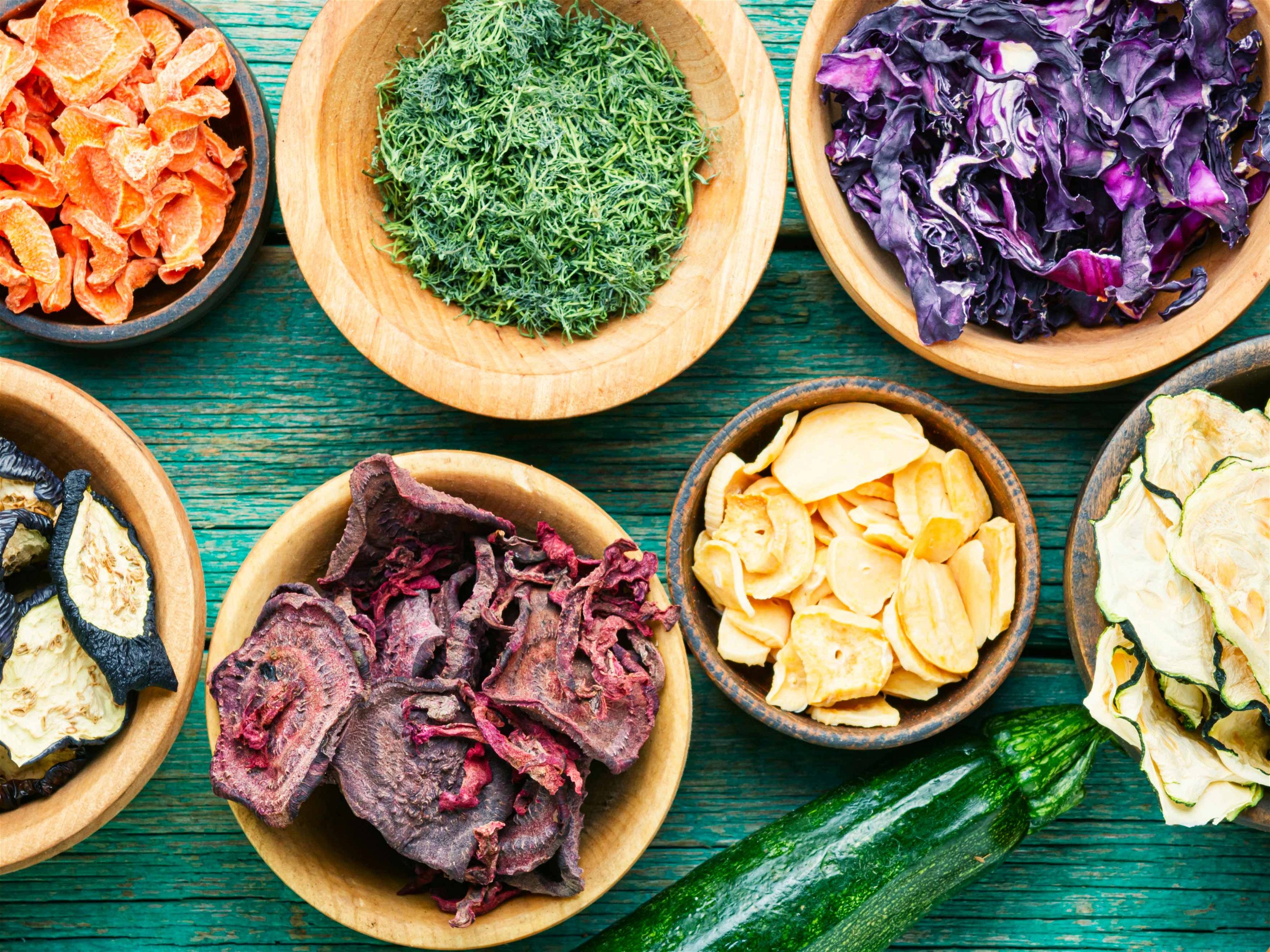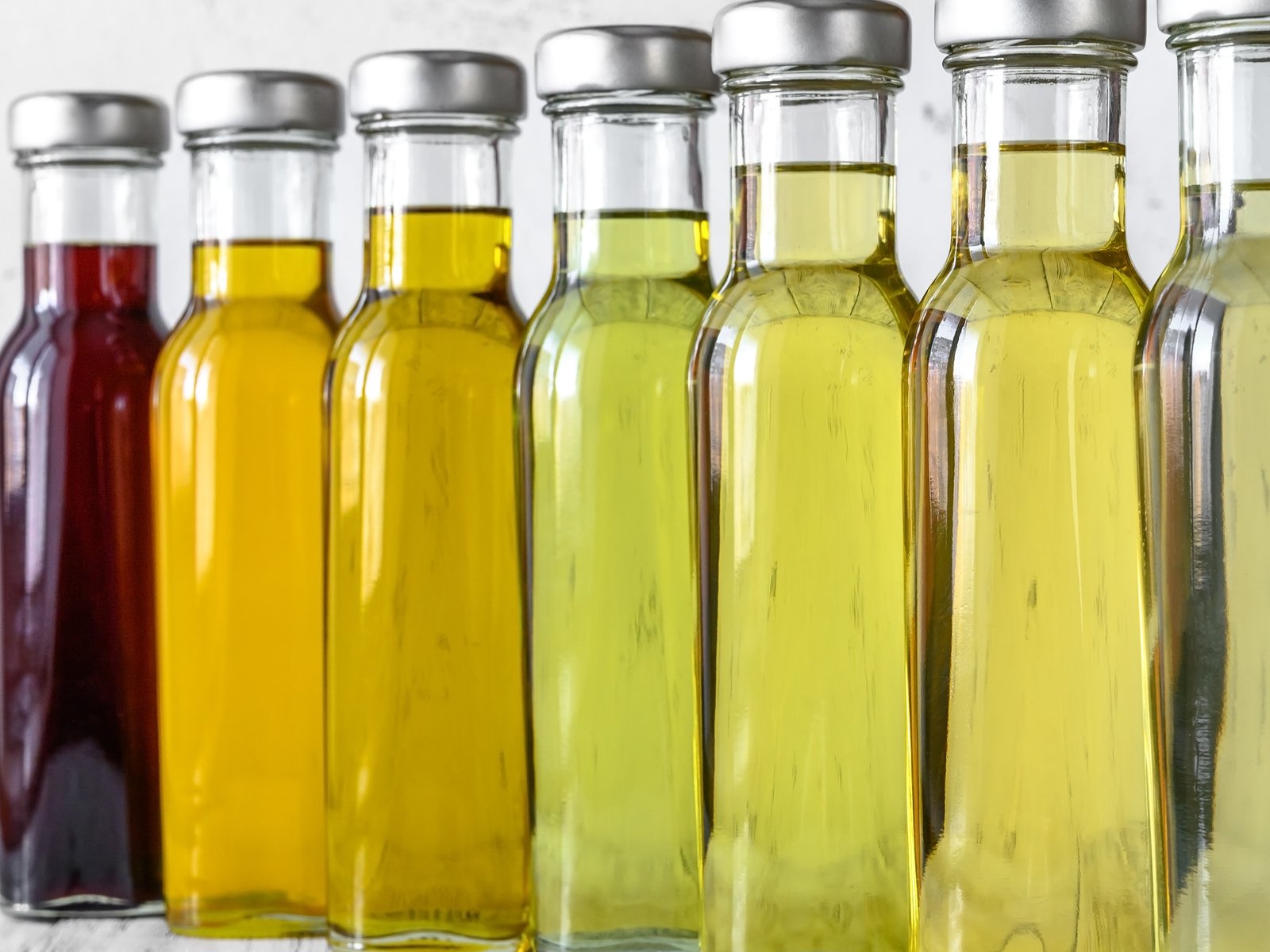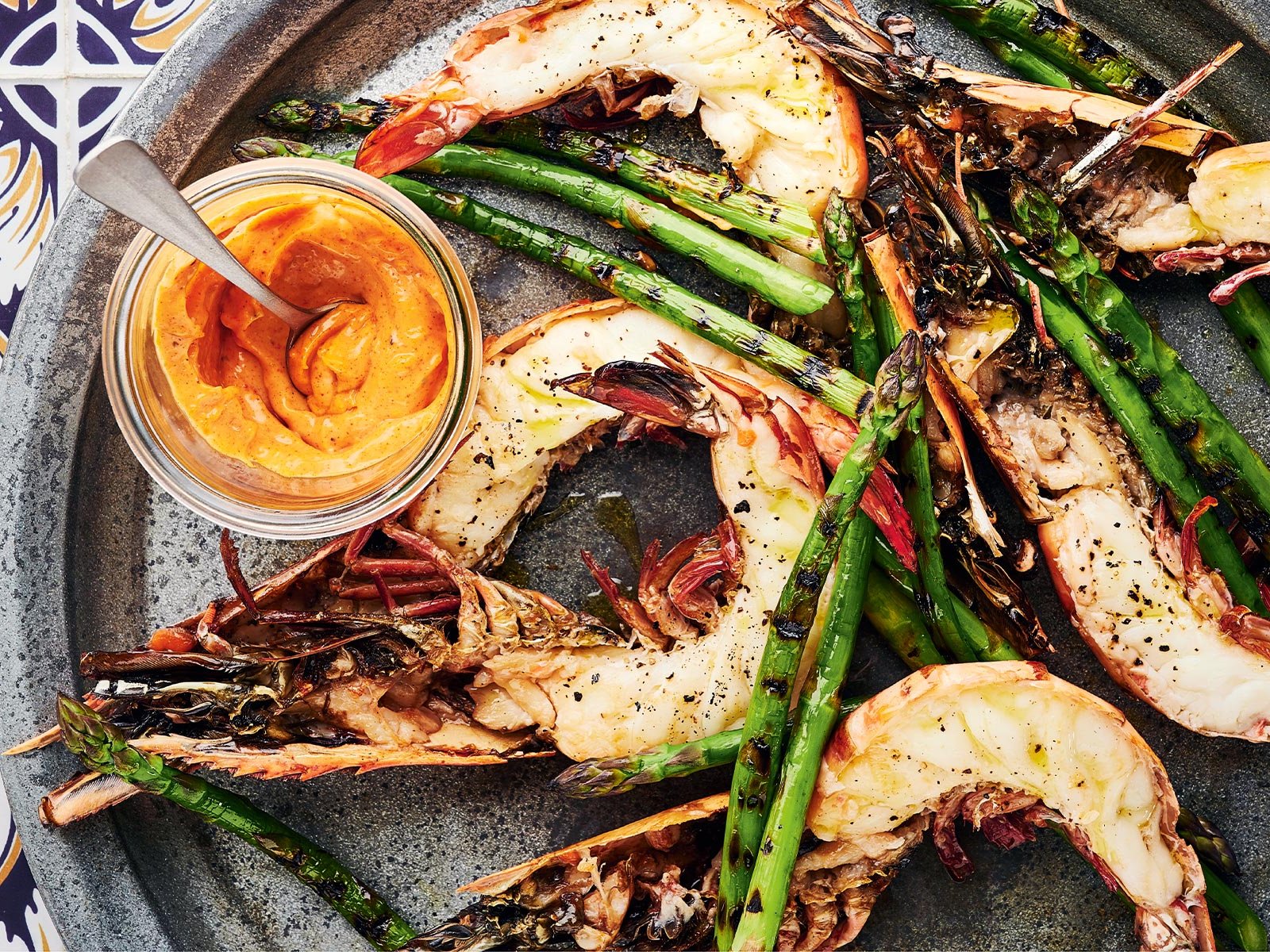Seven Star Potatoes to Seek Out
Want to recreate that perfect brasserie frite or perhaps Joël Robuchon’s legendary mash? Then you’ll need a specialist potato for the job. Here are seven varieties to satisfy any keen cook.
7. Pink fir apple
Dusky pink and endearingly knobbly, you could be forgiven for confusing these potatoes with a Jerusalem artichoke. First bred in France during the 1850s, the pink fir apple’s awkward shape that makes harvesting and peeling so labour intensive has largely kept this variety off the supermarket shelves.
It hasn’t deterred a growing fan base of small-scale gardeners though, who wouldn’t waste time removing this attractive and flavoursome skin in any case. Waxy in texture and delightfully nutty in flavour the pink fir apple lends itself beautifully to simple boiling or steaming, as well as roasting. It rather helpfully stores well too.
1. Jersey Royal
Like green asparagus, the appearance of deliciously sweet, buttery Jersey Royal potatoes is a keenly anticipated sign that summer is finally here. Well, it is in the Channel Islands and UK at least – best eaten fresh, this isn’t a potato that tends to travel far from its Jersey home.
What’s more, as a rare example of a potato variety with protected designation of origin (PDO), only potatoes grown on the island of Jersey may call themselves Jersey Royals. Here the mild, maritime climate and use of seaweed, or vraic, as fertiliser are believed to contribute to its unique flavour. That said, the same variety does sometimes appear elsewhere, although it goes by the rather less regal title of International Kidney.
As with any star ingredient, Jersey Royals are best served as simply as possible. Their fine, papery skin is best left on too. Just boil or steam then serve with butter, parsley and, ideally, freshly picked green asparagus.
2. King Edward
From one royal potato to another, the King Edward is a peerless option for roasting. Generously proportioned with a delightfully fluffy texture once cooked, these are also a handy go-to variety for jacket potatoes, mash, chips or even gnocchi. First cultivated in the UK in 1902 – it patriotically takes its name from Edward VII, who was crowned that year – King Edward potatoes remain hugely popular at home but are worth looking out for in specialist markets further afield. Look out for their distinctive pinky brown spots.
3. Ratte
Top French chefs and discerning home cooks love this small, tasty potato variety, which invariably commands a premium over humbler pommes de terre. Also known as Asparges and La Reine, Ratte hold their shape beautifully for salads but were also the potato of choice for chef Joël Robuchon’s legendarily decadent mash.
Several top-end chefs in the US, including Thomas Keller of The French Laundry in Napa Valley, have also embraced them. However delicious that smooth textured, chestnutty flavour, Rattes are a delicate potato that tend not to store as well as other varieties. That’s all the more reason to grow your own and dig deliciously to order.
4. Purple Majesty
Potatoes are usually relegated to a supporting role on the plate, but if you want to let them steal the show for once then opt for the eye-catching Purple Majesty. As striking in colour as the name suggests, even when cooked, this variety also trumps its other purple cousins for flavour and texture. There’s even a health bonus with its particularly generous dose of antioxidants.
Show them off in a simple potato salad, or add a vibrant twist to your portion of chips. Like many other purple potato varieties though, Purple Majesty has a relatively low starch content, which means it’s best avoided for gnocchi or latkes.
5. Kipfler
The Austrians and Germans know a thing or two about potatoes. From the deliciously ubiquitous Bratkartoffeln to paprika-spiked goulash and summery potato salads, there’s a host of potato varieties to match the occasion. One particularly popular, versatile option to look out for is the Kipfler, a name derived from Kipferl or “croissant”, thanks to its long, narrow shape. That also explains this variety’s other names, Austrian Crescent or German Finger potato.
With a golden yellow, smooth, waxy interior that holds shape well when cooked, the Kipfler shines when boiled or roasted, is a star choice for salads and won’t collapse in a hearty stew. Beyond its central European homeland, the Kipfler has built a strong following in Australia, where it displays a helpful affinity with the nation’s barbecue obsession. From a home gardener’s perspective, what this variety lacks in size it makes up for in reliably prolific yield.
6. Bintje
Who doesn’t fantasise gently about a steaming platter of moules frites? What better way to judge a brasserie than the quality of its bavette frites? Golden, crispy and light, the chip is an everyday art form in France and especially Belgium, where it uncontroversially qualifies for national dish status. It should come as no surprise then that the Bintje potato favoured for these frites is also the most widely produced variety in both countries. That said, the Bintje is actually Dutch in origin, created in the early 20th century, its name the diminutive for Benedict.
Given the international enthusiasm for chips, you might expect the Bintje to be a household name beyond this corner of north-western Europe. One issue is thought to be its small size, said to fall short of the requirements laid down by fast food chains. If your priorities are more flavour oriented then seek out a bag of Bintje to recreate that brasserie experience at home.


